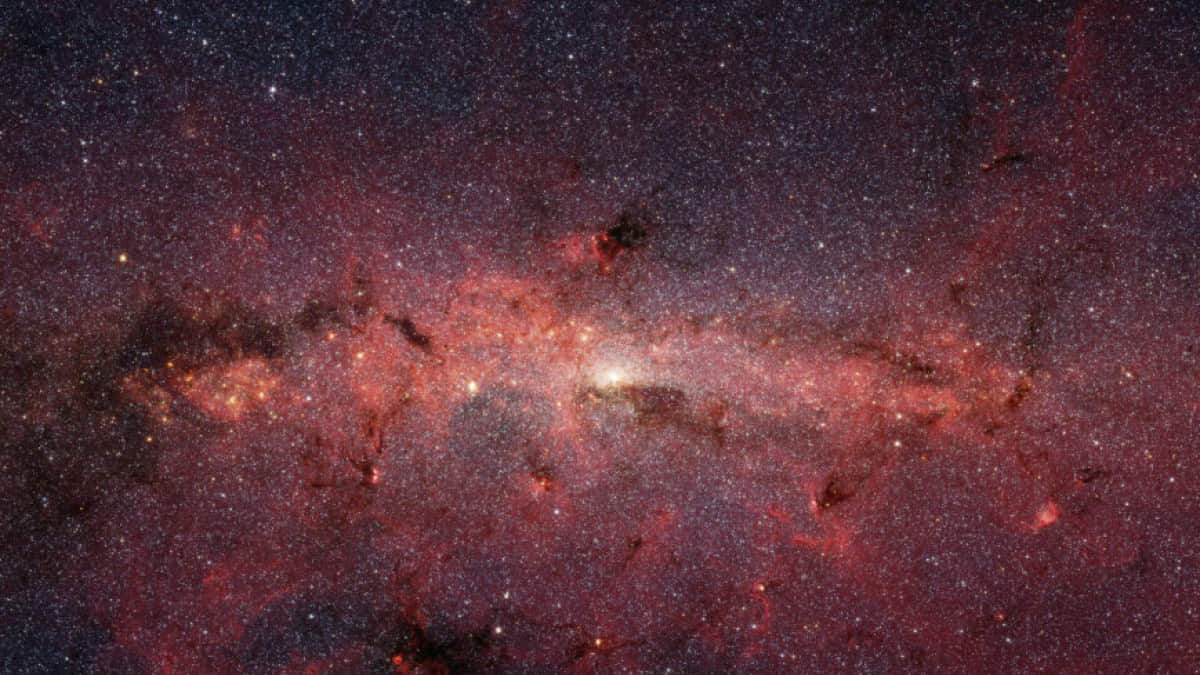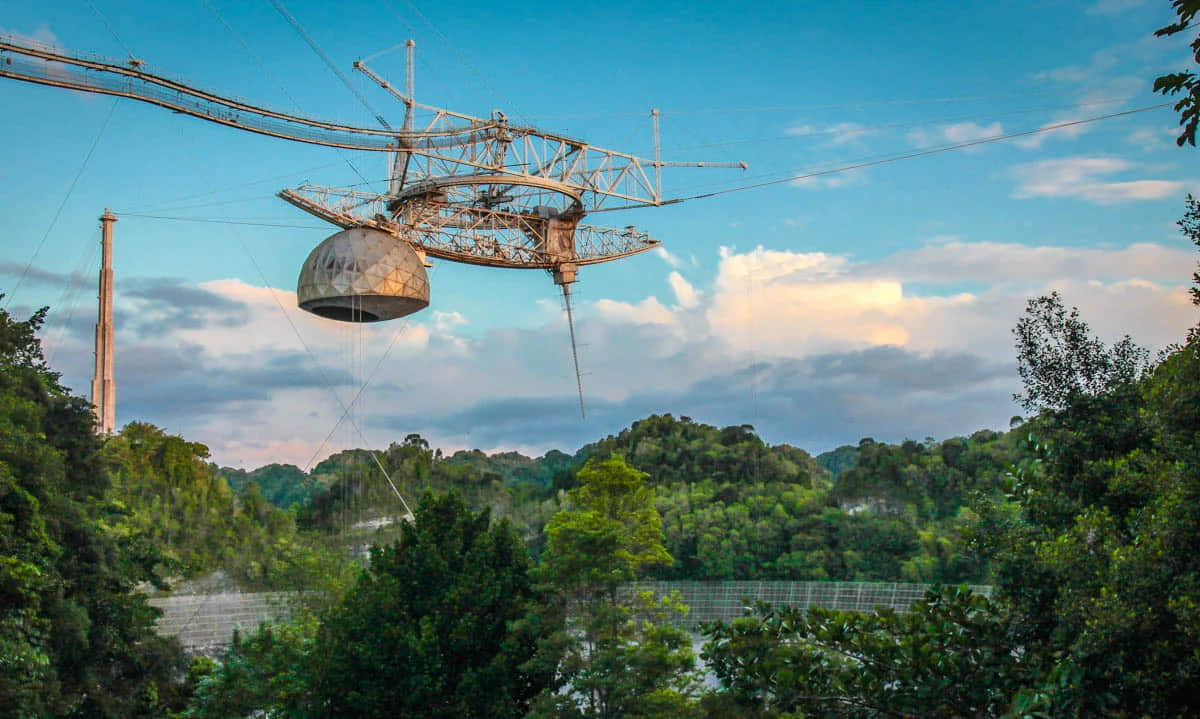A strange spinning object in the Milky Way unlike anything astronomers have ever seen has been discovered.
The strange object was first discovered by a university student doing his thesis. It has a circular orbit and releases a large burst of radio energy three times every hour, France24 reported.

Astrophysicist Natasha Hurley-Walker, who led the investigation after the student’s discovery, said that this object will release energy once every 18.18 minutes, regularly like clockwork. There have always been objects in the universe that release such energy, such as pulsars, but 18.18 minutes is a frequency that has never been encountered before.
Finding this object is “a strange thing for an astronomer, because there’s nothing in the sky that could do that,” she added.
The team is working to learn more about what they found.

After reviewing data for many years, the research team knew the location of this object was located about 4,000 light years from Earth with an extremely strong magnetic field and light emitted. But besides that, there are still many mysteries that need to be untangled.
“According to calculations, it cannot have enough energy to create waves every 20 minutes,” the astronomer shared.
The object may be something theoretical researchers have predicted but never seen, known as an “extremely long-period magnetic field.” It could also be a white dwarf, the remnant of a dead star.
“It could be something we have never even thought of, a completely new type of object,” the research team’s representative added.

Regarding the question of whether the strong, consistent radio signal from space could be sent by some other life form, Hurley-Walker said she also had the idea that it was aliens. But when the team was able to observe the signal over a wide range of frequencies, they concluded this must be a natural process, not an artificial signal.
The next step for researchers is to search for more of these strange objects throughout the universe.
“More detections will tell astronomers whether this is a rare event, or a huge new population that we have never seen before,” the scientist said of the next step. followed in his research.





